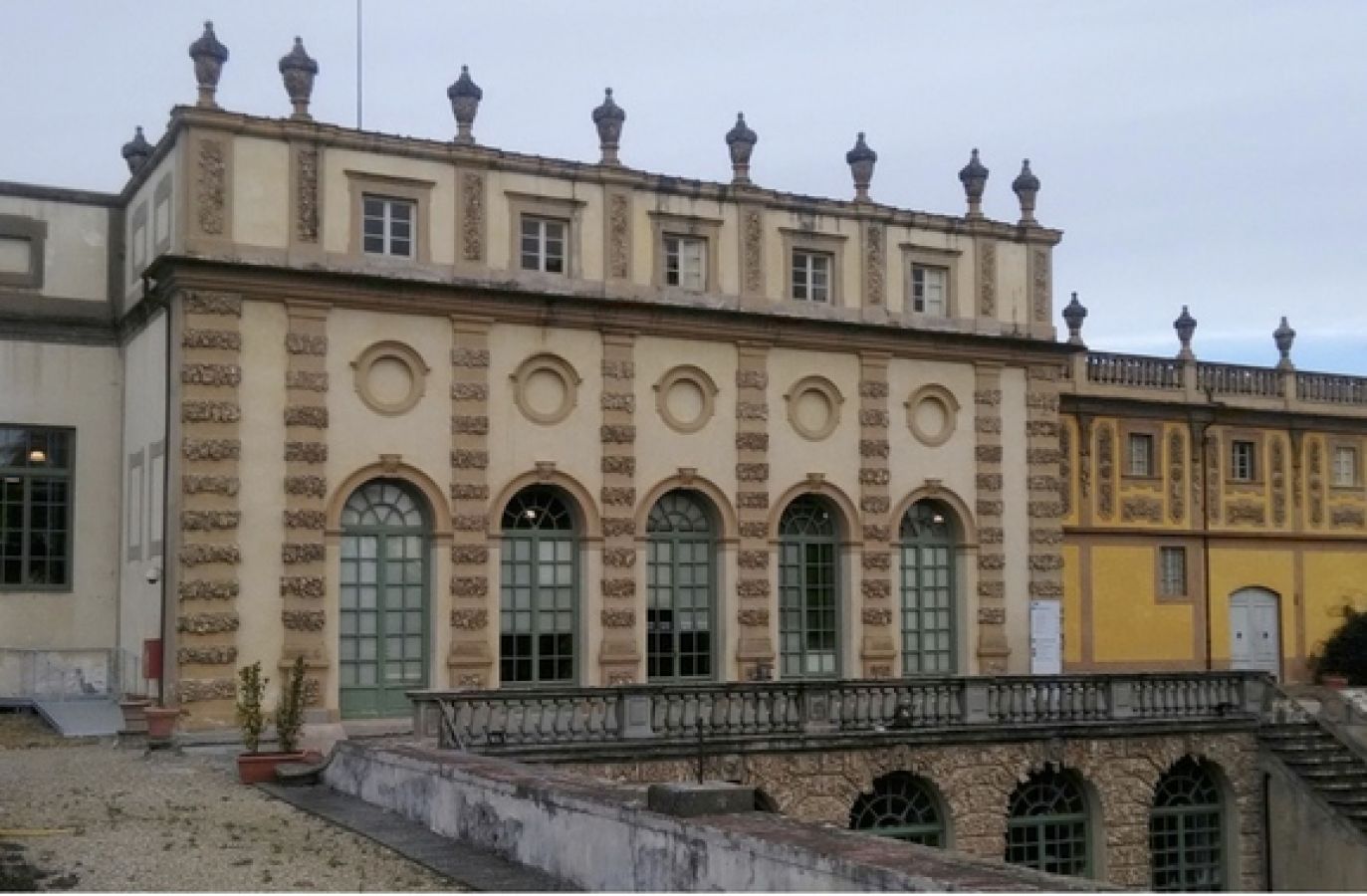Tracing the history of European biotechnology in the HAEU
Media
Image

Blog content
My week-long visit to the Historical Archives of the European Union (HAEU) in Florence has proved to be a remarkable opportunity for investigating the ‘behind the scenes’ of European biotechnology policies in the 1980s and 1990s. During my visit in Florence I mainly examined documents available in the Gordon Adam’s collection. Adam (born 1934) was a member of the British Labour Party and served as a member of the European Parliament for over twenty years. In 1984 he was nominated vice-chairman of the Energy, Research and Technology Committee in Brussels and several documents related to the European debates on science and technology are now available among his personal papers. Within the R&D issues discussed by Adam’s committee, biotechnology occupies a place (and a considerably thick folder) of its own. The European Commission identified biotechnology as an instrument for economic growth and industrial development among the member states. To keep pace with the contemporary developments in US and Japan, the European Commission pursued a pro-active policy to foster pre-competitive research through multi-billions research programmes and to establish alliances between academic institutions and business companies. The documents in Florence offered me invaluable information for contextualising my research on the yeast genome project. I can now understand better why it was carried out by an extensive network of European laboratories (with contributions from US, Canada and Japan) and why industrial actors had such a relevant role in it.
Giuditta Parolini, January 2017
Since 2012 the Historical Archives of the European Union have been based at Villa Salviati, one of the buildings that constitute the campus of the European University Institute in Florence.
